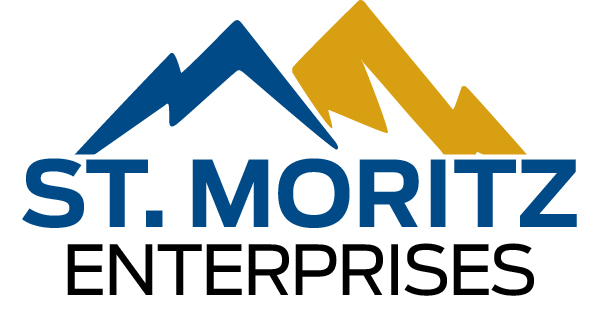Unleashing Potential: A Deep Dive into Hardware Optimization
In the fast-paced world of technology, where every millisecond counts and efficiency is paramount, hardware optimization has become a key focus for organizations seeking to maximize performance and minimize resource utilization. Whether managing a data center, developing embedded systems, or running a personal computer, optimizing hardware can significantly impact speed, energy consumption, and overall functionality. In this blog, we will delve into the intricacies of hardware optimization and explore strategies for unleashing the full potential of your devices.
- Understanding Hardware Optimization:
Hardware optimization involves fine-tuning the physical components of a system to achieve better performance, increased efficiency, and reduced resource consumption. This process encompasses various aspects, including processors, memory, storage devices, and peripheral components. The goal is to ensure the hardware operates at its peak capabilities, delivering optimal task results.
- Processor Performance and Multicore Utilization:
Case Study: Intel’s Turbo Boost Technology
Intel’s Turbo Boost Technology dynamically increases the clock speed of a processor when operating below-specified power and temperature limits. This feature allows the processor to deliver higher performance for demanding tasks without exceeding its thermal design power. Turbo Boost enhances overall system responsiveness and speed by intelligently optimizing clock speeds.
Multicore processors have become commonplace, and optimizing software to effectively utilize multiple cores can lead to significant performance improvements. Parallelizing tasks and distributing workloads across cores can result in faster computations and reduced processing times.
- Memory Management and Caching:
Case Study: Microsoft’s Windows SuperFetch
SuperFetch is a memory management technology in Microsoft Windows that analyzes usage patterns over time and preloads frequently used applications into RAM. By anticipating user behavior, SuperFetch reduces application launch times and enhances system responsiveness. Efficient memory management, including caching mechanisms, ensures that data is readily available when needed, minimizing delays and bottlenecks.
- Storage Optimization:
Case Study: Solid State Drives (SSDs)
The transition from traditional Hard Disk Drives (HDDs) to Solid State Drives (SSDs) represents a significant leap in storage optimization. SSDs offer faster read and write speeds, lower latency, and improved reliability compared to HDDs. Upgrading to SSDs can result in quicker system boot times, faster application loading, and a more responsive computing experience.
- Energy Efficiency and Cooling:
Case Study: NVIDIA’s GPU Boost
GPU Boost is a technology that dynamically adjusts the clock speed of NVIDIA GPUs based on workload and temperature. By optimizing power usage, GPU Boost enhances performance while maintaining thermal constraints. Efficient cooling solutions, such as liquid or advanced air cooling, are crucial in preventing overheating and ensuring sustained high performance.
- Firmware and BIOS/UEFI Optimization:
Optimizing firmware settings and keeping BIOS/UEFI firmware up to date is often overlooked but can significantly impact system stability and performance. Manufacturers regularly release firmware updates to address compatibility issues, improve system stability, and unlock new features. Ensuring that your system’s firmware is up to date is critical to hardware optimization.
